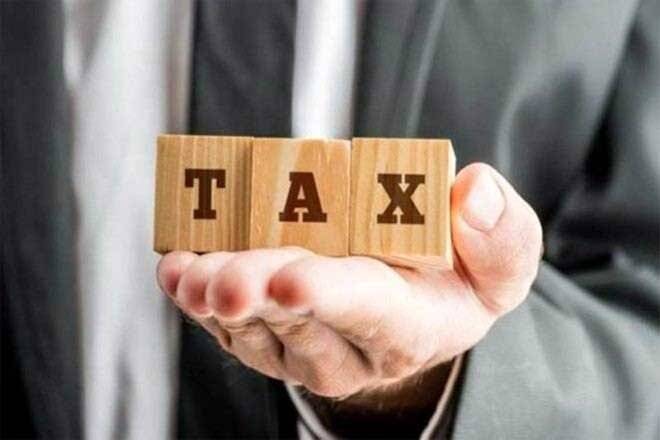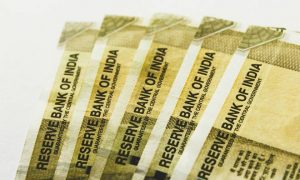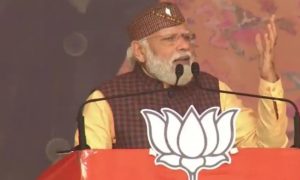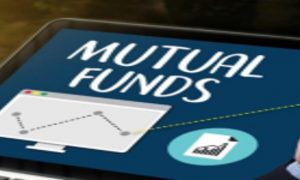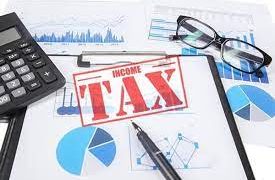Common Income Tax Mistakes: Completing one’s tax planning exercise at the fag end of the financial year comes with its own share of risks.
Tax Mistakes to Avoid and How to Fix Them: With hardly a few working days left for the financial year 2020-21 to close, there could be some taxpayers looking to save tax at the last minute. The deadline for making tax saving investments for the assessment year 2021-22 is March 31, 2021. But, completing one’s tax planning exercise at the fag end of the FY comes with its own share of risks. In a hurry to save tax, the possibility of making the wrong investment decision is high. Remember, tax benefits should be viewed as a fringe benefit and one should not invest merely to save tax. There could be simple and common tax saving mistakes that one may commit in choosing the tax savings investment options. Here are some of those mistakes that one may take note of.
1. Not considering New Tax Regime
For the first time starting the assessment year 2021-22, the taxpayers will have an alternate option while filing income tax return. In addition to the existing or the old tax regime, one may file ITR under new tax regime, at concessional rates. Therefore, as a taxpayer one needs to calculate tax liability under both tax regimes before proceedings with tax planning.
2. Not estimating requirement
If you choose to go with the old tax regime, there are several tax saving options to choose from. But, before you pick any tax saver make sure to check how much of your existing commitments towards them will qualify for tax saving this FY. The premium towards life insurance, health insurance and your PF contributions need to be taken into account before estimating how much you need to save now. Do not make the mistake of buying a new tax saver or investing more than what is required.
3. Ignoring Section 80D and others
In addition to Section 80 tax saving investment options, there are certain other ways to save tax. Your health insurance premium qualifies one deduction under section 80D. Also, under section 24, your principal repayment towards home loan comes with tax advantage. Make use of these tax provisions and take benefit while filing ITR.
4. Making a wrong move
Making tax saving choices in a hurry may end up locking funds into a wrong investment that doesn’t gel with your goal. For example, if you start investing in Ulip for a goal which is around five years, the results may not be fruitful. Similarly, if you wish to create wealth over the long term and choose to go with a 5-year tax saving bank FD or NSC, the objective may not be achieved.
5. Choosing ELSS based on recent performance
Many taxpayers choose to invest in ELSS, which comes with Section 80C tax benefit, based on their recent performance. It has been seen that the top schemes do not necessarily remain the winners in the next year. Therefore, do not make the mistake of picking winners of today rather look at long term performance while selecting the right ELSS.
6. Not linking to goals
Most tax saving investments such as PPF, Ulips, life insurance etc are long term in nature. If you are investing in any one of them do not make the mistake of putting in money merely for saving tax. Link the investments in tax savers to a long term goal and do not exit mid-way before reaching the goal. Even though ELSS comes with the shortest lock-in period of three years, link it to your long term goal. You may continue with ELSS fund value after the lock-in has ended.
7. Ignoring risks
Even while you save tax, there are tax savers that can help you not only reduce tax liability but also provide protection. The premium paid towards term insurance plan and health insurance plans comes with tax benefits. Get an estimate on the requirement and then buy term insurance plans and health insurance for all family members to take care of life and health risks.
8. Maintaining asset allocation
Even while you save tax, do not go overboard and invest only in one asset class. For goals which are near, bank FD with tax benefit or NSC may be suitable while for goals such as retirement, NPS, Ulips or ELSS may fit the bill. Diversification across assets will help in keeping risks under control to meet the desired goals.
9. SIP in ELSS
Investing through SIP has become a popular mode of investing. But, if you are looking to save tax by investing in ELSS, remember that each SIP installment will have a lock in period of 36 months. Also, SIP initiated in March may not help you much in saving tax for the current FY.
10. Prepayment of home loan principal
Just in case, you had repaid a principal amount of your home loan in FY 2020-21, do not forget to take tax benefit on it. The principal in the EMI qualifies for tax benefit under section 80C, while the interest paid is deductible under section 24.

